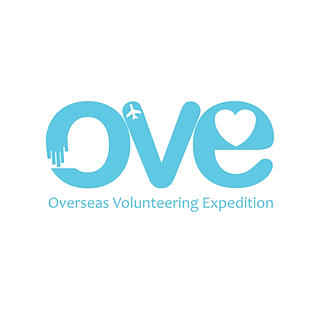Recce Trip Reflection
- Overseas Volunteering Expedition
- Dec 31, 2022
- 3 min read
In March, we traveled to Nepal for our recce trip to collect information for our actual volunteering trip in July.
We first arrived in Kathmandu, which is the capital city of Nepal. Even though it was a short ride from the airport to the hotel, we discovered how underdeveloped the city was. Looking through the eyes of Singaporeans, the poverty of the city was apparent to us. There were uneven roads with no traffic infrastructure, houses were built with no proper structure and rubbish were littered along roadside or grass fields. In the evening, after walking around the city, the culture and rich heritage of Nepal radiated strongly through the colorful prayer flags, which were seen all around. The locals were very friendly and welcoming toward tourists. Also, the shopkeepers were not forceful in selling their products and seemed genuinely sincere and tried to answer many of our questions despite the language barrier.
After staying for a night in the capital, we continued our trip the next morning and took a 6 hour bus ride to Pokhara, a city West of Kathmandu. These 6 hours really exposed us to the the living conditions of the Nepali people. Many of them relied on farming and were seen working under the scorching hot sun in the afternoon. However, what was truly saddening was the sight of the scrawny cows, ox and goats which reflected the limited amount of food and resources the people had. Many children were not in school and some helped in shops such as selling food or washing of vehicles. At some stops, we were even approached by children as young as 7 who were desperately trying to sell tidbits.

After travelling for 7 hours from Kathmandu to Lahachok, we were greeted with a breathtaking scenery and villagers who welcomed us enthusiastically with flowers and bright smiles. There were no streetlights and the electricity were inconsistent, with us experiencing a few power trips within a short period of time. Knowing that we were not used to such conditions, the villagers tried their best to solve these problems and made us really grateful and welcomed. There were also insects crawling around in the rooms and toilets, which was a distinctly different environment as compared to Singapore. The toilets for bathing are very small and only consisted of a tap and lacked basic facilities which we take for granted, such as a towel hanger.
The schools in the village also lacked many facilities Singaporeans would take for granted. Classrooms only consisted of tables and chairs, without fans or proper lighting. The children also had little space for writing as many students had to share one table. Hygiene was also poor in the schools, with the entire school sharing only one toilet. The toilets are also dirty and had a very strong stench, which was quite unpleasant.
Despite all these conditions, and the lack of a conducive environment, the children always look very happy and blessed to be able to go to school. They answered enthusiastically in class and crowded around their teachers during breaks to ask questions. I remembered seeing a pair of siblings who seemed very sad when they were told that their school was closed for the day due to a demonstration by the teachers. This is evidently very different in Singapore, where many of us would be more than happy to head home without a day in school. All these really showed us how the children there appreciate and treasure the chance to go to school and learn.
The Nepal recce trip was truly an eye-opening experience and to be able to help these villagers improve their schools and learning environment would surely put a smile to their faces and help them in the long run.











Comments